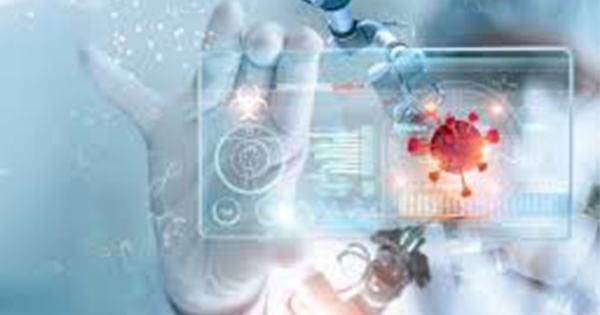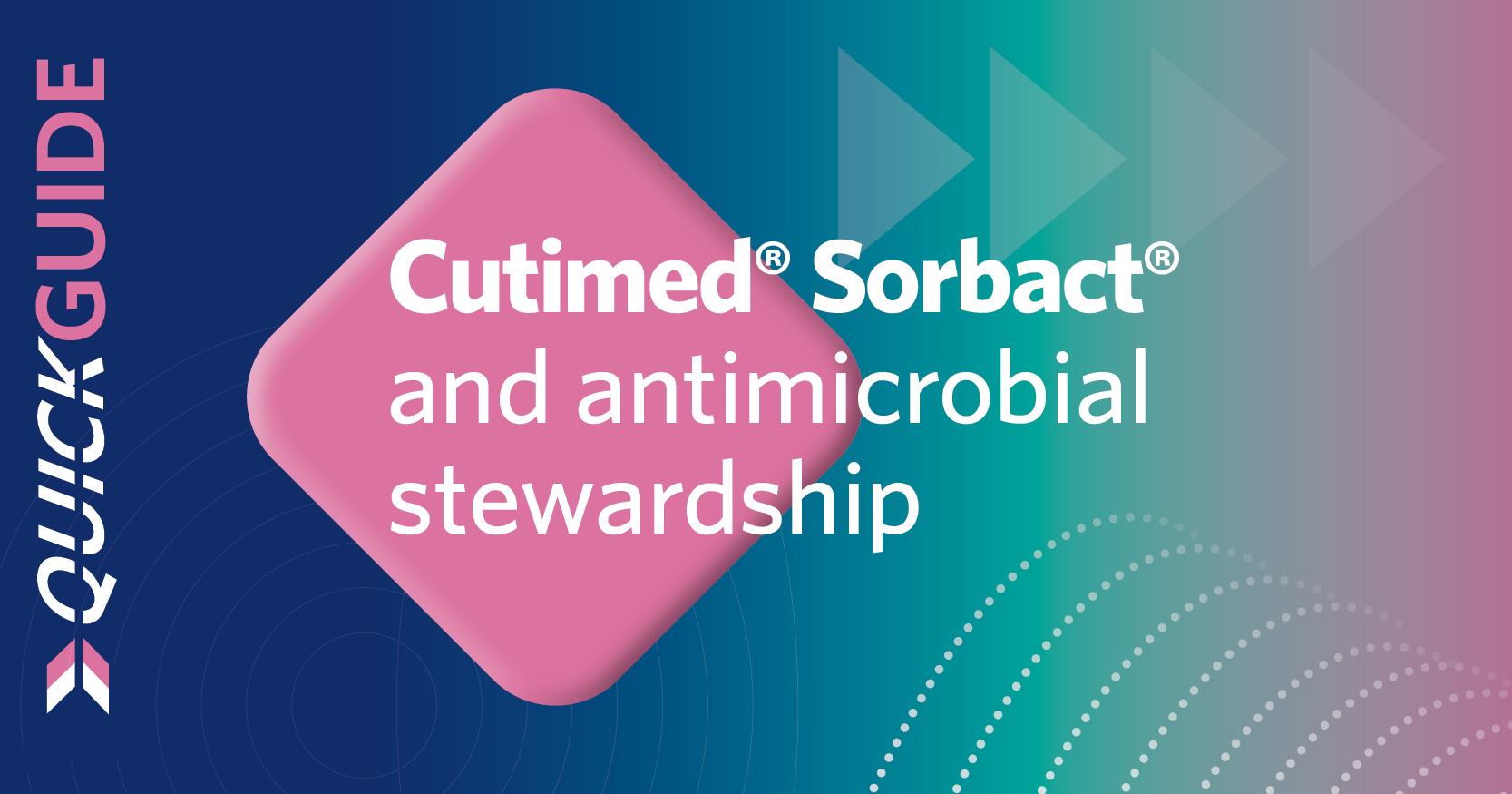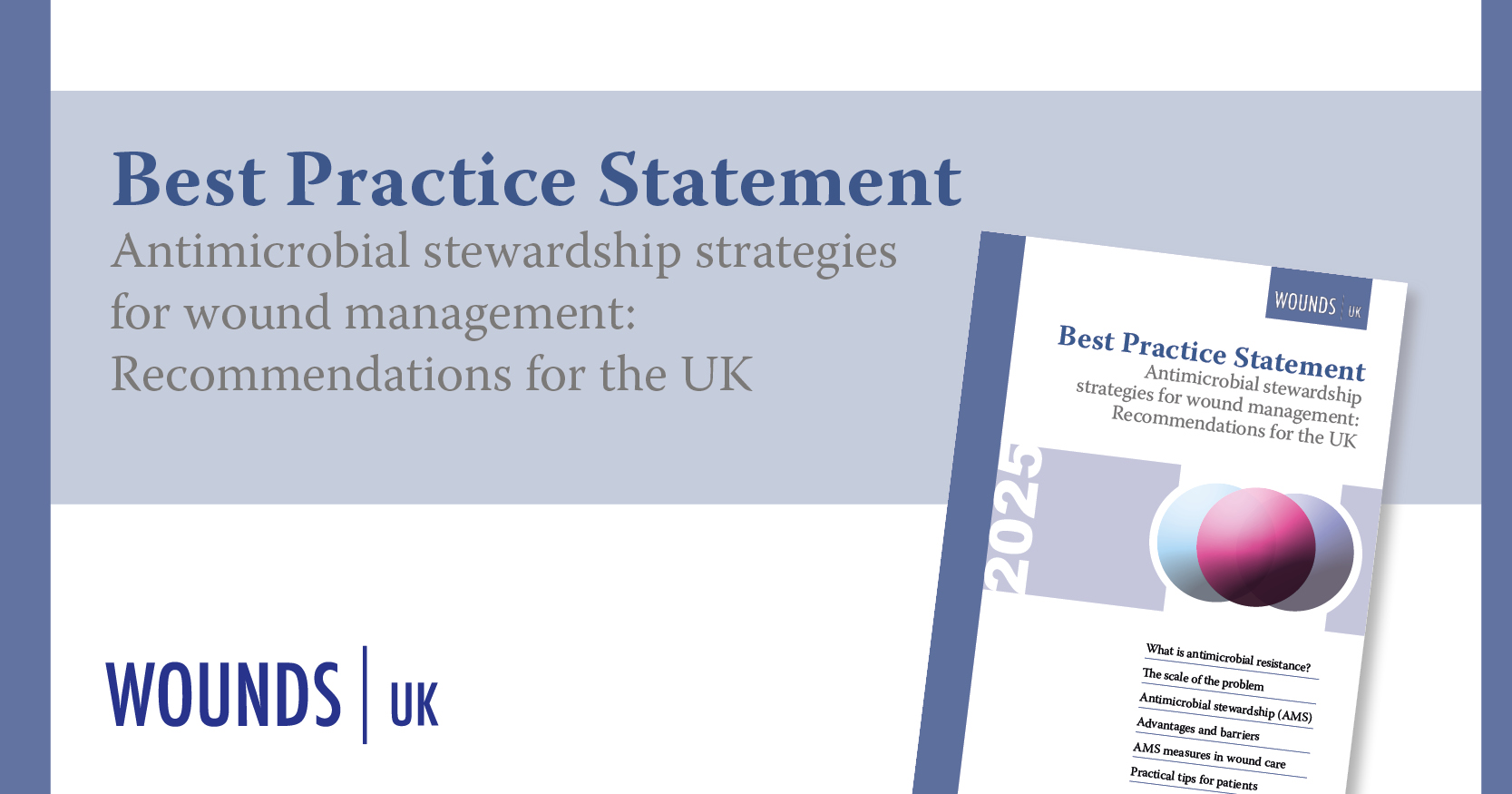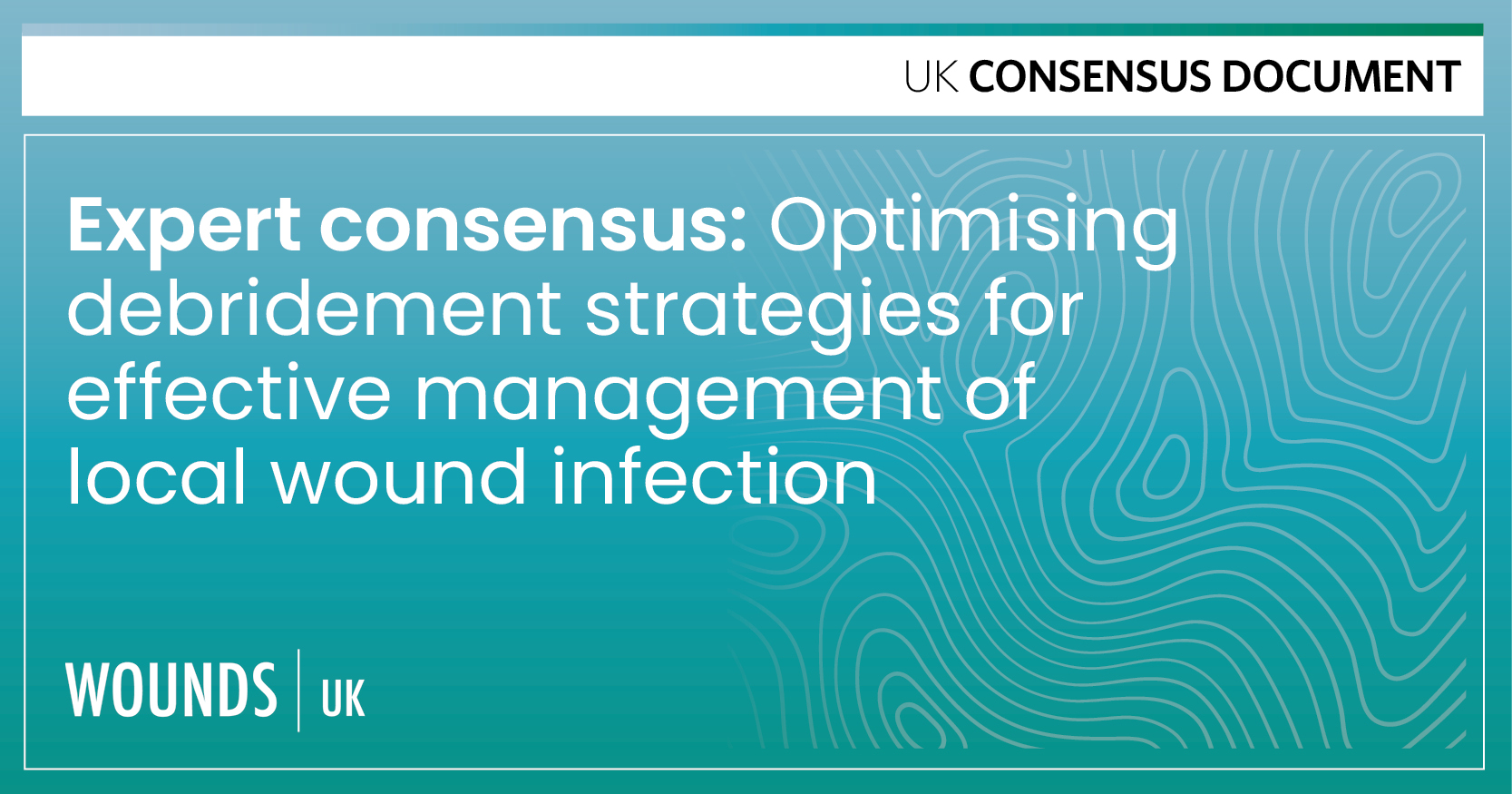Chronic wound management presents a complex and often frustrating challenge for both clinicians and patients. Yet, effective patient education can greatly enhance wound care outcomes and understanding. Art therapy, widely used in many medical fields, holds potential in this area, offering a novel approach to support understanding of wound care and infection.
Exhibits like Body Worlds have demystified medical topics through captivating visuals, and comic illustrations by artists such as Maki Naro (https://makinaro.com/) simplify complex scientific ideas. These artistic interventions not only provide a creative way to convey medical knowledge but also foster greater engagement and understanding among students, clinicians, and patients alike, positively influencing adherence and compliance with wound treatment.
Visual representations of wound care events and procedures make crucial information more accessible and comprehensive. They can aid students, healthcare providers, patients, and caregivers in grasping the intricate details of wound healing phases, potential complications, and effective management techniques. Research consistently demonstrates that visual aids enhance retention in patient education. For example, it has been shown that illustrated pamphlets significantly improved patient adherence to treatment plans (Houts et al, 2006).
Similarly, an art-based diabetes education project in underserved communities, organised by Lilly in 2008 increased participants’ engagement in their care.
New technologies further amplify the possibilities of art-based education. A review by Li et al (2011) highlighted the use of virtual reality (VR) to alleviate pain and distress during painful medical procedures. Participants reported reduced pain and discomfort and expressed a desire to use VR again in future procedures.
In wound care, augmented reality (AR) applications on smartphones could allow patients to visualise biofilm formation on wounds, helping them understand how biofilms shield bacteria from antibiotics.
The Visible Body app (https://www.visiblebody.com/anatomy-and-physiology-apps) offers a similar AR experience, overlaying detailed body part visuals onto real-life views.
Puig et al (2006) also suggested that creating art can promote relaxation and stress reduction by engaging patients in a calming and enjoyable activity. This can be particularly beneficial for patients undergoing painful wound care procedures or dealing with chronic wounds.
A doctoral dissertation by Lackey (2023) explored the experiences of individualised art therapy interventions with paediatric palliative care patients aged 6–18 years old. Three themes were identified: emotional self-awareness, expression of intense feelings, and identity. The various methods used including interviews, artwork, body feeling maps and observations resulted in the use of art therapy to aid in learning and psychosocial support to the paediatric palliative care patient within the medical setting and expression of emotions and experience (Lackey, 2023).
Artwork can help stimulate certain therapeutic responses in patients. Certain research suggests that art has a soothing effect that can reduce stress levels and promote relaxation, critical elements in the healing process (Magsamen and Ross, 2023). This added dimension of psychological and emotional support (Magsamen and Ross, 2023; Saarinen and Broxterman, 2023) can ultimately better patient outcomes.
These interventions need not be costly or rely on specialised equipment. Many hospitals already incorporate medical art installations. For instance, NYU Langone Health in New York features a patient education area which has featured displays on cells, synapses, dermatographia, and the brain, to name a few (https://nyulangone.org/our-story/campus-transformation/art-program).
While the application of art therapy in wound care is still emerging, ongoing research continues to explore its effectiveness and refine best practices. A growing body of literature supports the use of visual aids for improving comprehension and recall of complex medical concepts. Yet, art as a tool for educating about infection prevention, biofilm formation, and wound management remains relatively uncharted.
Rigorous, evidence-based studies are needed to validate these approaches and shape best practices for integrating art into healthcare education in meaningful, measurable ways.





